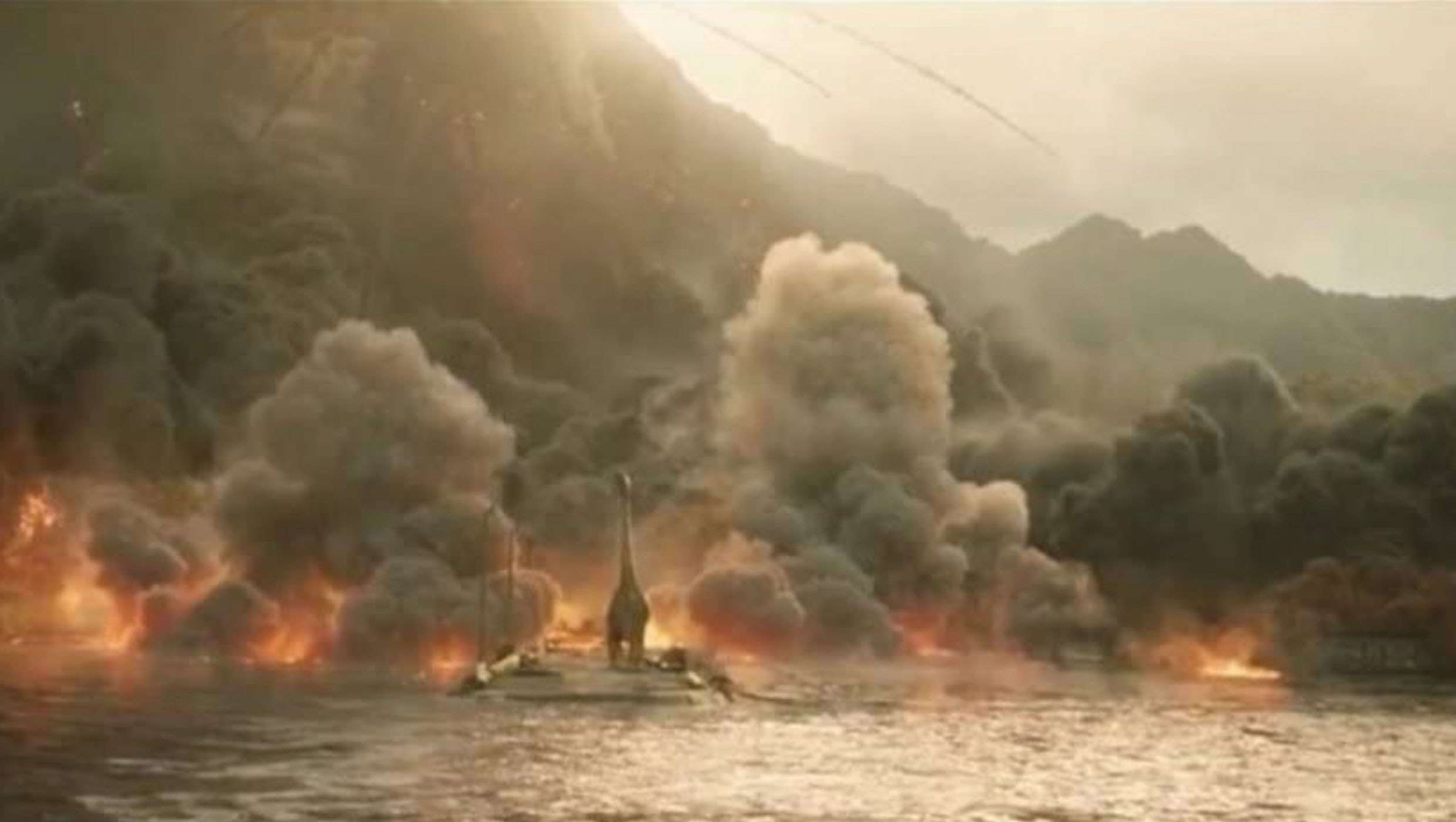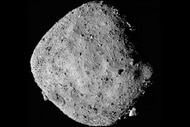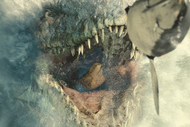Create a free profile to get unlimited access to exclusive videos, sweepstakes, and more!
Would dinosaurs have gone extinct even without a killer asteroid?

Monstrous lizards — some with even scarier teeth, others whose gargantuan size alone was a weapon — ruled the Earth until an asteroid put an end to them 66 million years ago. If that fateful space rock had never hit, they might have survived. Or not.
Some paleontologists think they wouldn't have. They believe dinosaurs were already declining tens of millions of years before the Chicxulub asteroid hit and triggered volcanic eruptions and a massive nuclear winter that wiped out all non-avian dinosaur species. However, new research suggests that dinosaurs were actually thriving everywhere until that catastrophic event. Maybe they would even be around today in some warped version of Jurassic Park where you would see a Brachiosaurs stretching its neck if you took the scenic route. So which is it?
"We don’t really know why some groups were definitely thriving, it could have been the habitats they lived in, but we do see similar patterns during other geological times for the various groups of dinosaurs. They were around for over 150 million years, and many species came and went during that time," paleontologist and Ph.D. student Joseph Bonsor, who led a study recently published in Royal Society Open Science, told SYFY WIRE.
Even Bonsor cautions against only seeing one possibility. Not everything that was ever alive ended up being fossilized. The only evidence science has to go off of is what ended up being preserved. Dinosaur family trees — which show how quickly dinosaurs diversified, went extinct, and were replaced with new species — have been put together over time as discoveries of different species have been made, while further fossil studies and research has placed them among their relatives and in the right place on the timeline. Dinosaurs appear to have been the dominant creatures on this planet until they met their doom in the late Cretaceous.
Alternate studies oppose that theory for several reasons. There are scientists who believe there is little existing evidence that the emergence of new dinosaur species was slowing down near the end of the Cretaceous period. Another hypothesis suggests that dinosaurs had already been declining for hundreds of thousands, maybe even millions of years before the asteroid hit, and they were dying out because of other phenomena like rampant volcanism. The most recent opposition to the thought of dinosaurs thriving right up until Earth was pummeled by an asteroid states that fewer and fewer new species were appearing up to 35 million years before the catastrophe.
"Extinction and speciation is a very complicated and nuanced system, with many many factors involved," Bonsor said. "A drop in speciation rates certainly can indicate a group might go extinct, but it’s not necessarily a definite case either way. We also have to take into account that the speciation rates in those groups was not actually in decline, and we just haven’t found enough fossils to give a clear picture of how well they were doing."
There is one thing missing from all of these hypotheses. Even their most hardcore supporters, who swear that dinosaurs were dying as Earth exploded with volcanoes and experienced drastic changes in temperature and sea levels, found evidence for the generation of new species in certain non-avian dinosaur types right up until the asteroid destroyed them all. Hadrosauriformes and Ceratopsidae (which includes Triceratops) seemed to be having a blast, as Bonsor's research suggests.
“We estimate that only about 10% of animals get fossilised. We’ve found and named around 700 species of dinosaur so far, so that is likely to be a small fraction of the true number that existed over their 150 million year time on Earth," he said. "I think we’re definitely missing huge pieces of the puzzle, which is why it’s so important for us to find new fossils, and to make sure the ones we have are available for study.”
It turns out that whichever family tree model was used for a study could really influence whether that study supported the downturn model or the model that insists dinosaurs continued to thrive. Some of these models were purposely fitted to a slowdown rather than a total downturn, and the hypotheses some models were based on had not been updated in years. Bonsor and his research team decided to look into this by using the most recent information they could find on dinosaur family trees and then deciding whether they were most in sync with models that supported downturn or the opposite.
The team found that the downturn model was actually not a fit, which could mean one of two things. Either dinosaurs were still thriving right before the asteroid smacked Earth, or there is just not enough data to determine whether or not they were declining. Though some of their results are consistent with certain groups of dinosaurs producing fewer new species, this was not the norm in a world where most of them were fierce as ever. At least Bonsor believes they were.
“We haven’t found any evidence to suggest the dinosaurs would have died out if the impact hadn’t occurred," Bonsor said. "Without the impact there’s no reason to assume the rest of the dinosaurs wouldn’t have carried on for a very long time afterwards, even up to present day. Life on Earth has been shaped by many of these chance encounters and events in the past, the world could look very different and without them."













